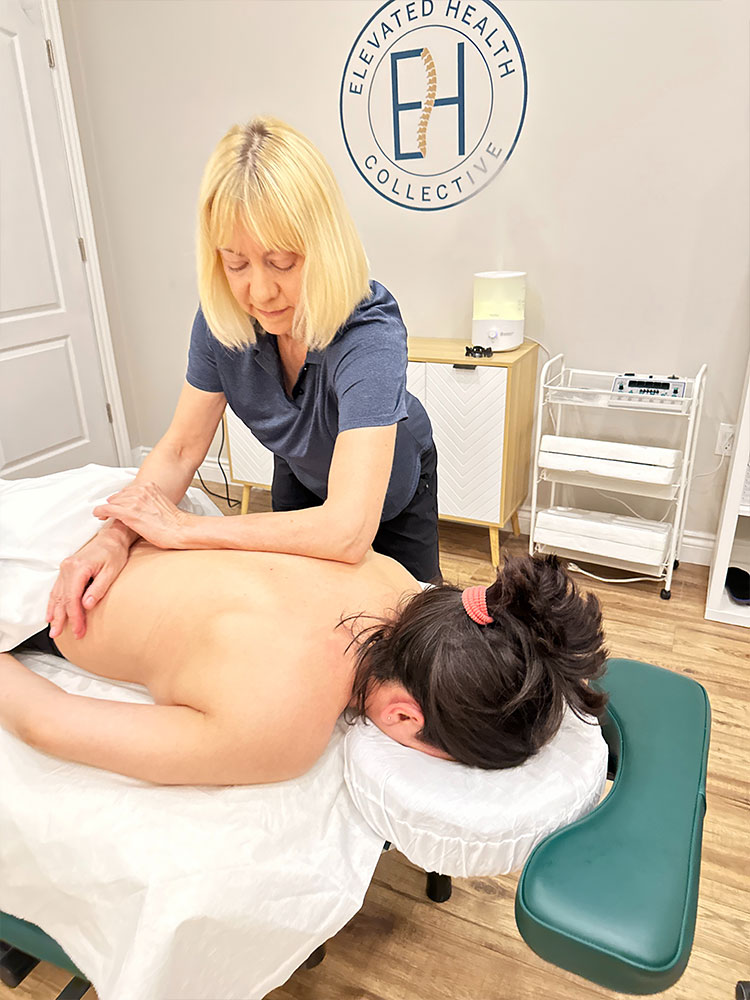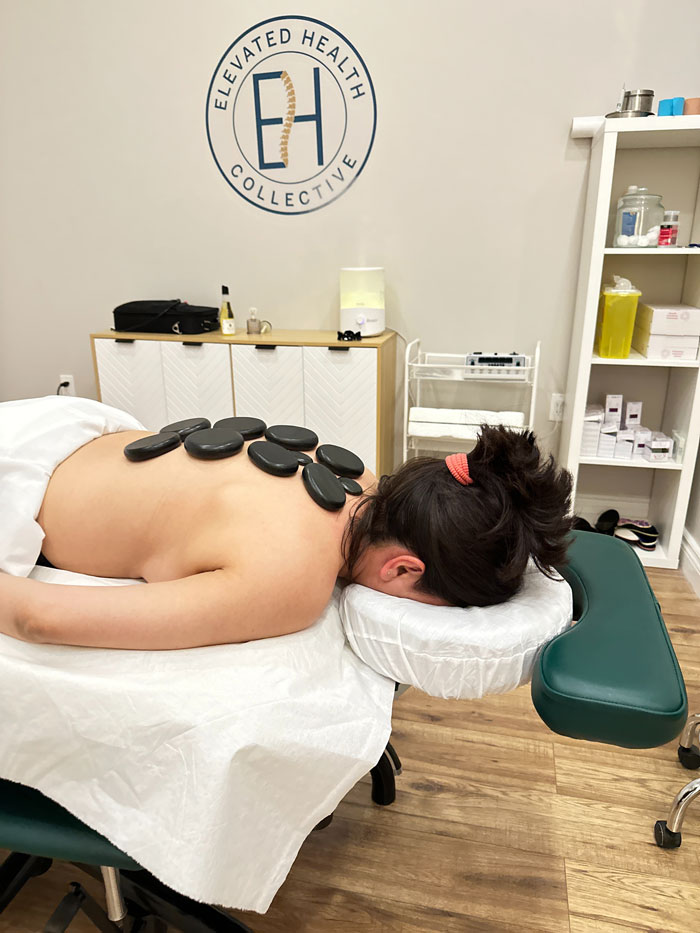
What is Massage Therapy?
Massage therapy is a hands-on treatment that involves the manipulation of the soft tissues of the
body, including muscles, connective tissues, tendons, ligaments, and skin. Using various
techniques, such as kneading, tapping, and stretching, massage therapists aim to enhance
physical function, aid in the healing process, and promote relaxation and well-being.
What Does Massage Therapy Treat?
Massage therapy is a versatile treatment that can address a variety of conditions and concerns, including:
- Chronic Pain: Alleviates pain from conditions such as arthritis, fibromyalgia, and lower back pain.
- Muscle Tension: Reduces stiffness and muscle knots, improving mobility and comfort.
- Stress and Anxiety: Promotes relaxation and reduces the physical symptoms of stress and anxiety.
- Injuries: Aids in the recovery of sports injuries, strains, and sprains.
- Posture Improvement: Helps correct postural imbalances and enhances body alignment.
- Circulatory Issues: Enhances blood flow and lymphatic drainage, improving overall circulation.
- Headaches: Relieves tension headaches and migraines by relaxing tight muscles and improving circulation.

What Does Massage Therapy Treat?
Massage therapy is a versatile treatment that can address a variety of conditions and concerns, including:

- Chronic Pain: Alleviates pain from conditions such as arthritis, fibromyalgia, and lower back pain.
- Muscle Tension: Reduces stiffness and muscle knots, improving mobility and comfort.
- Stress and Anxiety: Promotes relaxation and reduces the physical symptoms of stress and anxiety.
- Injuries: Aids in the recovery of sports injuries, strains, and sprains.
- Posture Improvement: Helps correct postural imbalances and enhances body alignment.
- Circulatory Issues: Enhances blood flow and lymphatic drainage, improving overall circulation.
- Headaches: Relieves tension headaches and migraines by relaxing tight muscles and improving circulation.
Who Can Benefit from Massage Therapy?
Massage therapy is beneficial for a wide range of individuals, including:
- Athletes: To improve performance, prevent injuries, and aid in recovery.
- Office Workers: To relieve tension and discomfort from prolonged sitting and computer use.
- Elderly: To maintain flexibility, reduce pain, and improve quality of life.
- Pregnant Women: To alleviate pregnancy-related discomfort and promote relaxation.
- Individuals with Chronic Conditions: To manage pain and improve overall function.
- Anyone Seeking Relaxation: To reduce stress, improve mood, and enhance overall well-being.
How Does Massage Therapy Work?
Massage therapy works through a combination of mechanical and physiological processes:
- Mechanical Effects: The physical manipulation of soft tissues helps to break down adhesions, improve tissue elasticity, and promote relaxation of muscles and connective tissues.
- Physiological Effects: Massage stimulates the nervous system, releasing endorphins that act as natural painkillers and mood enhancers. It also boosts blood circulation, which delivers oxygen and nutrients to tissues while removing waste products.
- Psychological Effects: The calming and nurturing touch of massage promotes a sense of well-being and reduces stress hormones, leading to improved mental health and reduced anxiety levels.

